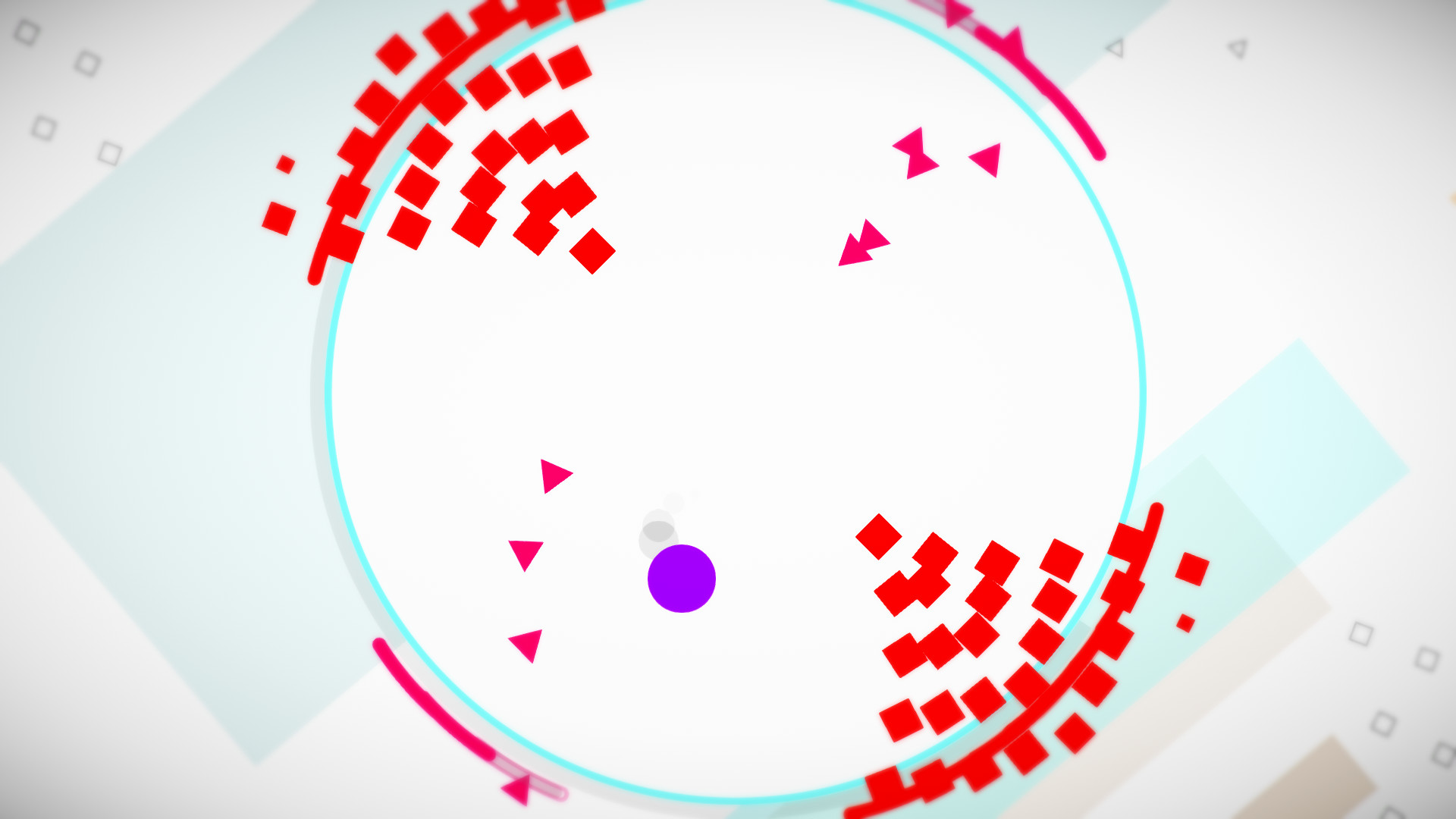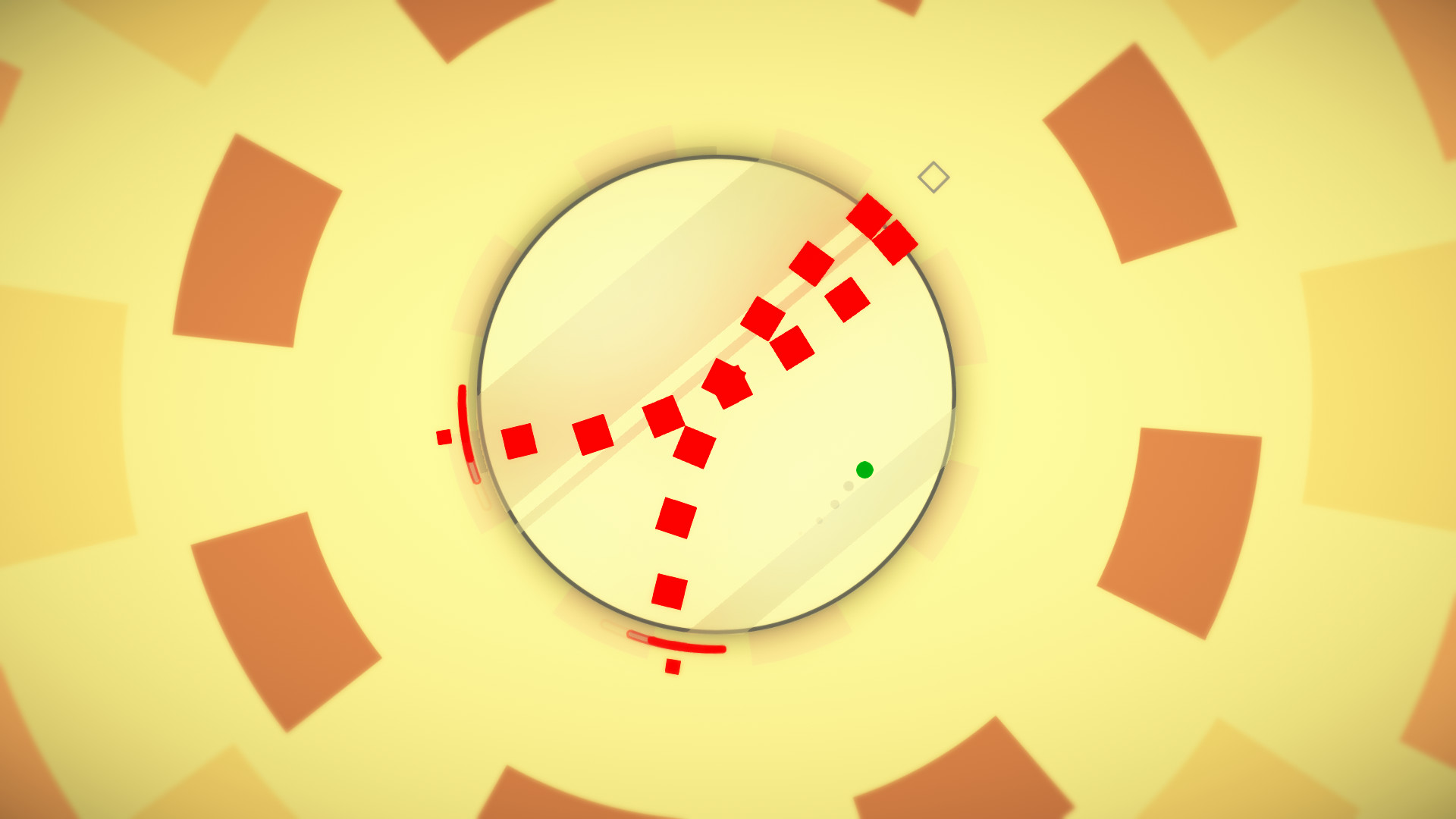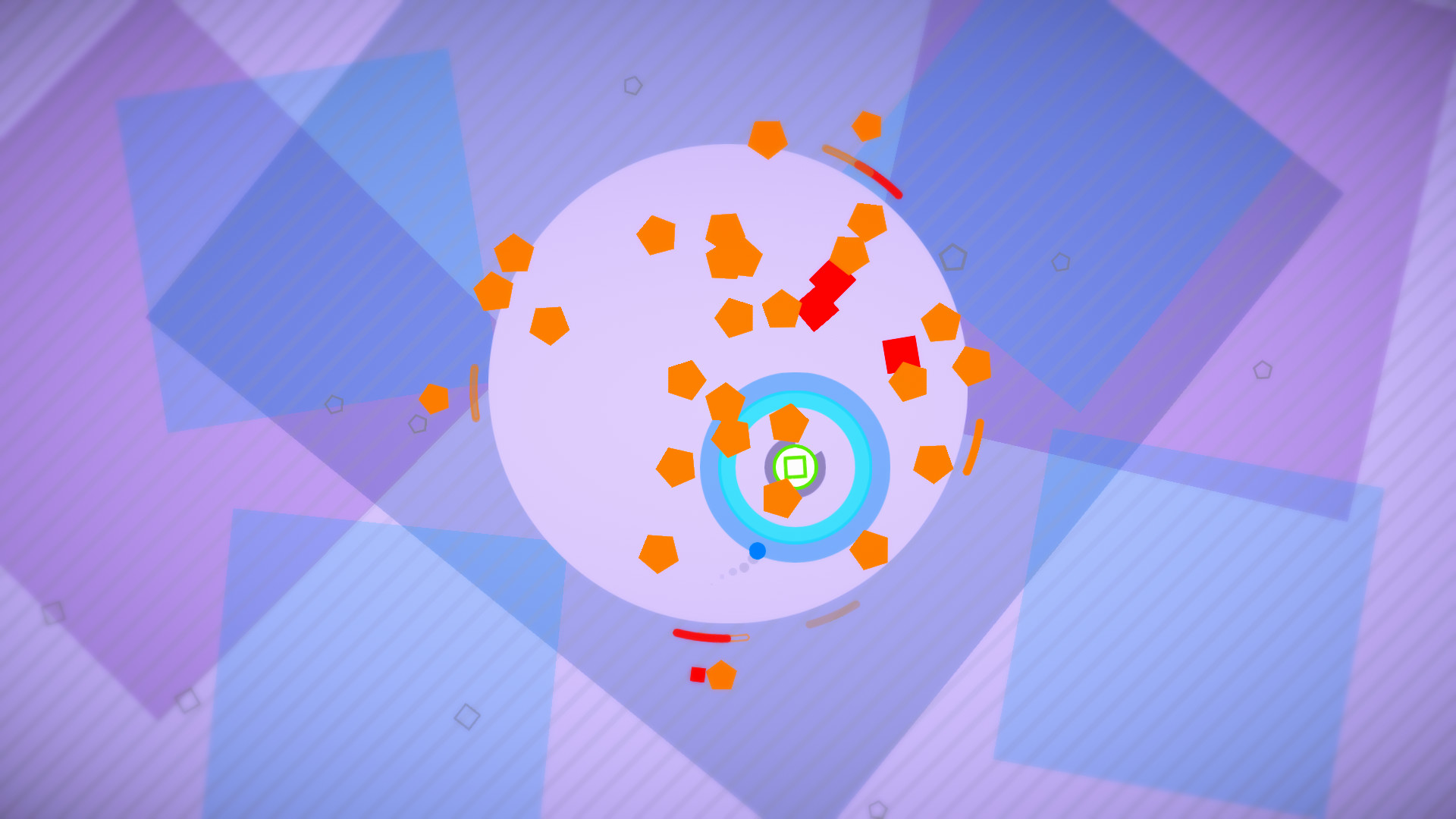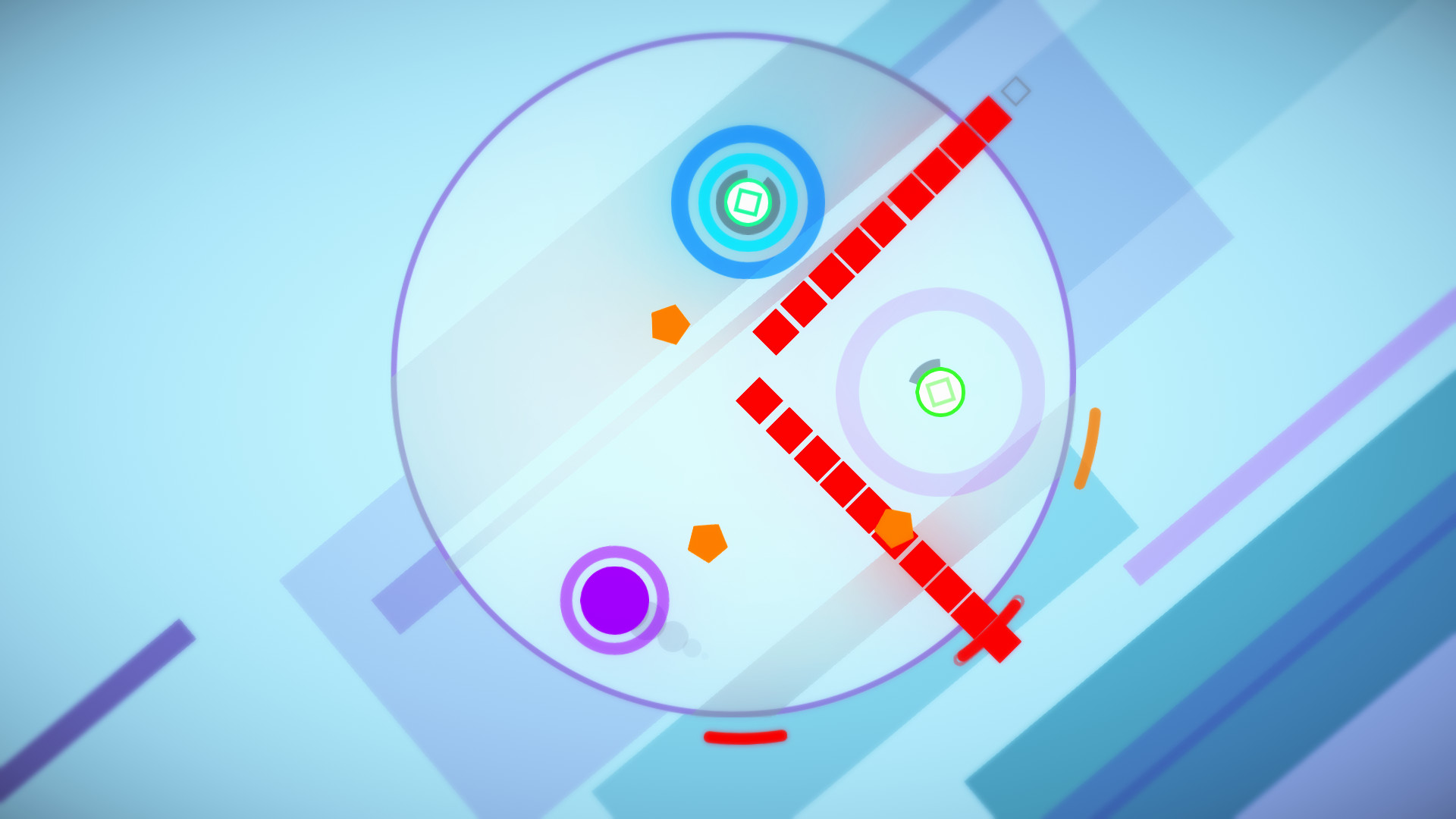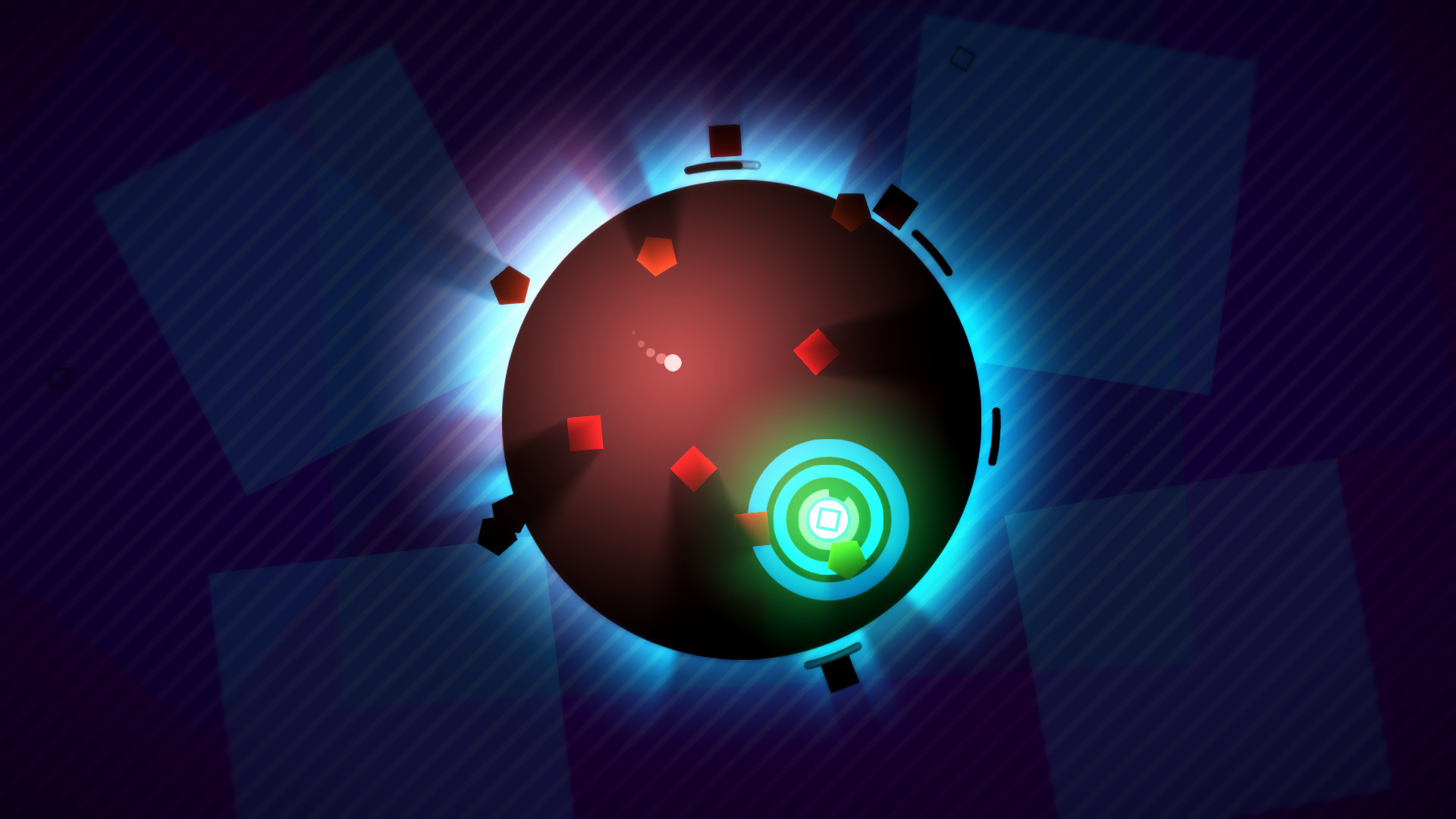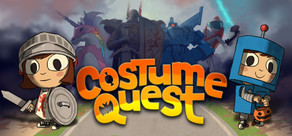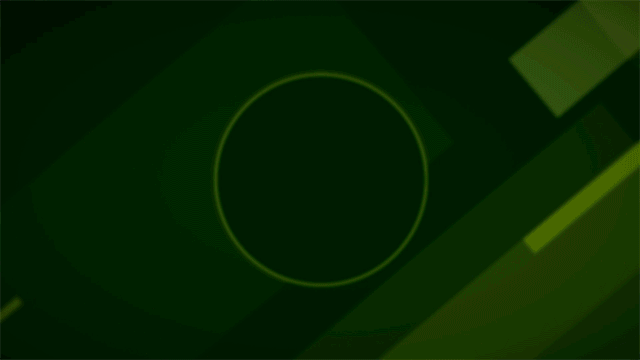
HyperDot is a minimal action arcade masterpiece with one rule: dodge everything. Evade enemies and test your skills in over 100 trials in the campaign mode, outlast your friends in multiplayer battles, or build custom challenges with the level editor.
Features
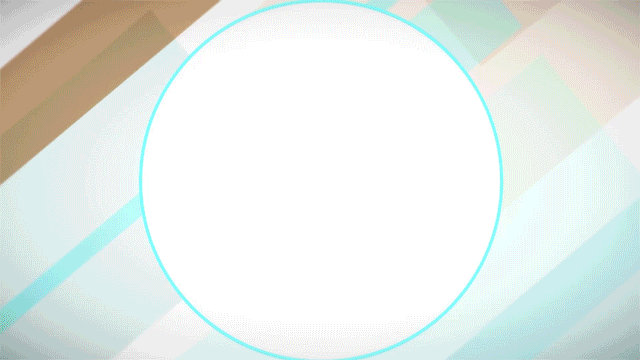
CAMPAIGN MODE
Dodge your way through over 100 hand-crafted levels and trials in the single player campaign
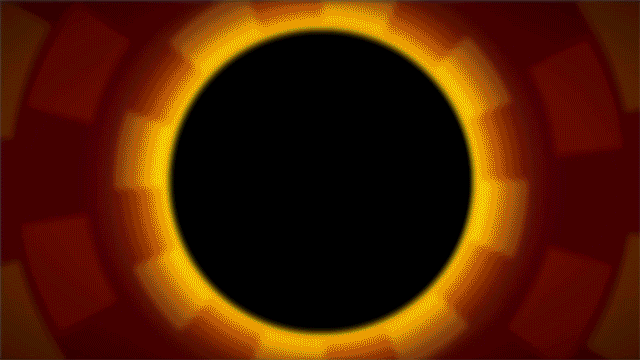
BETTER WITH FRIENDS
Local co-op play with an elegant drop-in/drop-out system to get you and your friends in-game fast
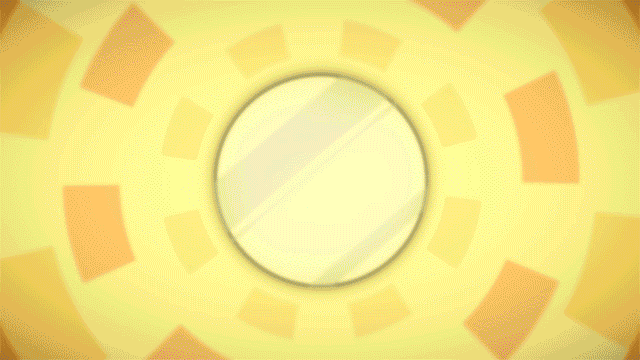
LEVEL EDITOR
Unlimited possibilities to create one-of-a-kind levels, from stunning patterns to relentlessly difficult challenges
NEVER PLAY THE SAME GAME TWICE
Extensive game play customization with more than 1 million enemy, arena, & modifier combinations
PLAY WITHOUT COMPROMISES
High contrast mode, adaptive controller integration, and even full game play support with eye-tracking technology for optimal accessibility
HyperDot enemy types and how to outsmart them
Squares go in a straight line. Theyre the most basic enemy and easiest to understand, Charles says. Theyre the first enemies I ever made in HyperDot and the backbone of the game.
Dodger beware
Squares are underestimated. Once players get to know trickier enemy types, they put their focus on dodging themand get caught by those simple, common squares.
How to use them
Squares are the best enemy type to form structures when creating your own levels that is, solid lines of red that players need to navigate around.

As Pentagons spawn, they point at the player dot, then move straight across the arena. Charles explains, Under the hood, I basically just say hey, pentagon? Rotate once towards the player. Then thats it.
In the prototype, they were hexagons
I changed the hexagons to pentagons because pentagons have a point that indicates the direction theyre heading in, Charles says. Dont say he never did anything for you.
Players dont get them
Without the above info on hand, players can tell that pentagons are doing something different but theyre not sure what. Charles drops hints for these and other enemies in the names of the single player levels keep that in mind.

Triangles act like homing missiles they follow player dots around the arena, much to most players distress.
Under the hood
Like the pentagons, triangles are programmed to rotate. Unlike the pentagons, they keep rotating theyll follow the player around for five seconds until moving off the arena.
The enemy of your enemy
You can attract and pass triangles off to other players in multiplayer. Not condoning it, just saying its possible.

Like triangles, stars follow player dots. But instead of swinging around in a wide circle, they spin in one spot and shoot straight at the player again. And again. And again.
GameCube roots
Stars were actually inspired by Kirby Air Ride. There is a star in the game called the Swerve Star. Basically, you stop, adjust where youre pointing, and then go. Then stop, adjust where youre pointing, and then go. I thought, oh, what if an enemy did that? Charles says.
Youll see more of them later
Stars are tricky, and they crop up often in difficult late-game levels. By staggering their spawn times just so, just a handful of stars in an arena can feel like a constant barrage of attacks.

Crosses enter the arena, come to a stop, spin on their axes, then break into four small squares that shoot quickly across the arena.
Why, though
I wanted to have a more random enemy, one that was based more off twitch reflexes than pattern recognition. Crosses get the most flak from a lot of like game designers.
If you pay close attention
As they spawn, the crosses indicate which direction theyre going to split apart in. When they spin, they stop in the same orientation they were in before, then break apart.
HyperDot is a fast-paced arcade game with one rule: dodge everything. The player avatar is a dot and the goal is to navigate safely through a sea of enemy shapes. There are only five enemy types, and these building blocks can be tweaked and layered with modifiers (e.g. player slow or arena icy) to create infinite challenges.
Charles McGregor, HyperDots solo developer, shares some origins, behaviors, and dodging tips for HyperDots five enemy types.

Squares
Enemy behaviorSquares go in a straight line. Theyre the most basic enemy and easiest to understand, Charles says. Theyre the first enemies I ever made in HyperDot and the backbone of the game.
Dodger beware
Squares are underestimated. Once players get to know trickier enemy types, they put their focus on dodging themand get caught by those simple, common squares.
How to use them
Squares are the best enemy type to form structures when creating your own levels that is, solid lines of red that players need to navigate around.

Pentagons
Enemy behaviorAs Pentagons spawn, they point at the player dot, then move straight across the arena. Charles explains, Under the hood, I basically just say hey, pentagon? Rotate once towards the player. Then thats it.
In the prototype, they were hexagons
I changed the hexagons to pentagons because pentagons have a point that indicates the direction theyre heading in, Charles says. Dont say he never did anything for you.
Players dont get them
Without the above info on hand, players can tell that pentagons are doing something different but theyre not sure what. Charles drops hints for these and other enemies in the names of the single player levels keep that in mind.

Triangles
Enemy behaviorTriangles act like homing missiles they follow player dots around the arena, much to most players distress.
Under the hood
Like the pentagons, triangles are programmed to rotate. Unlike the pentagons, they keep rotating theyll follow the player around for five seconds until moving off the arena.
The enemy of your enemy
You can attract and pass triangles off to other players in multiplayer. Not condoning it, just saying its possible.

Stars
Enemy behaviorLike triangles, stars follow player dots. But instead of swinging around in a wide circle, they spin in one spot and shoot straight at the player again. And again. And again.
GameCube roots
Stars were actually inspired by Kirby Air Ride. There is a star in the game called the Swerve Star. Basically, you stop, adjust where youre pointing, and then go. Then stop, adjust where youre pointing, and then go. I thought, oh, what if an enemy did that? Charles says.
Youll see more of them later
Stars are tricky, and they crop up often in difficult late-game levels. By staggering their spawn times just so, just a handful of stars in an arena can feel like a constant barrage of attacks.

Crosses
Enemy behaviorCrosses enter the arena, come to a stop, spin on their axes, then break into four small squares that shoot quickly across the arena.
Why, though
I wanted to have a more random enemy, one that was based more off twitch reflexes than pattern recognition. Crosses get the most flak from a lot of like game designers.
If you pay close attention
As they spawn, the crosses indicate which direction theyre going to split apart in. When they spin, they stop in the same orientation they were in before, then break apart.
[ 2020-01-10 21:37:12 CET ] [Original Post]
Minimum Setup
- OS: Ubuntu 12.04 / SteamOS 2.0
- Processor: Intel i5 Quad-CoreMemory: 4 GB RAM
- Memory: 4 GB RAM
- Graphics: Intel HD 4000
- Storage: 1 GB available space
GAMEBILLET
[ 6313 ]
FANATICAL
[ 5790 ]
GAMERSGATE
[ 1933 ]
MacGameStore
[ 2282 ]
FANATICAL BUNDLES
GMG BUNDLES
HUMBLE BUNDLES
by buying games/dlcs from affiliate links you are supporting tuxDB

